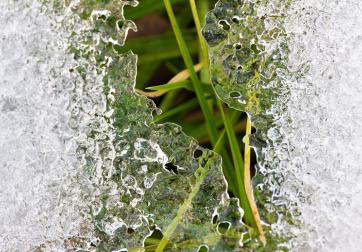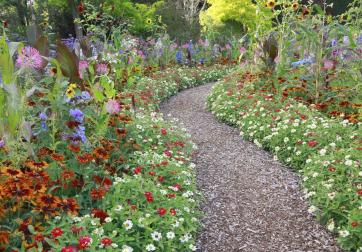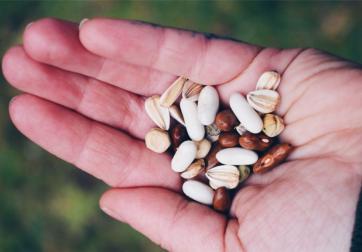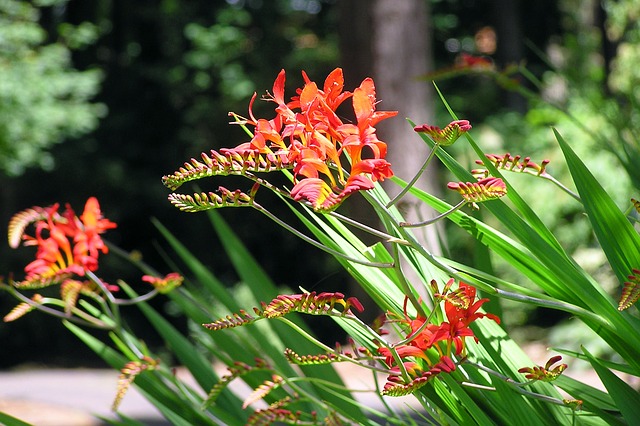
Have you been on a quest for that fabulous plant addition to your garden? You know, the perfect one that will transform a garden into a garden masterpiece. The anticipation grows as the winter days unfold into Spring. Much to your dismay, your fabulous plant looks the same as when you purchased it. What! The centerpiece of your garden sits in the soil you tediously prepared. The little plant you lovingly pampered all last year stubbornly sits. You worry that a virus or fungus or the dreaded nematode has found it and is ravaging it. After careful examination, the plant is healthy. “What did I do wrong?” you exclaim! The answer is simple, you did nothing wrong. You have a typical case of Plant Anxiety.
Newly planted plants will go through an initial period of “shock.” It needs time to adjust to its new environment. Many more roots need to be produced to transport enough water and nutrients from the soil to the new foliage and bloom. The plant is anticipating new growth in the Spring. This is called the “sleep” stage.
In the second year, the root system is still creeping through the earth. More leaves are being produced. Leaves house the factory that process organic compounds from carbon dioxide and water using light energy absorbed by chlorophyll in the chloroplasts of the leaves. The waste product of the photosynthesis process is oxygen. This is called the “creep” stage.
WOW! In the third year, the plant is like a rocket blasting off to the moon! The plant will be larger as it is reaching maturity. There will be more flowers and foliage. Your dreams have now been realized, and your plant has become a fabulous addition to your garden. This final stage is called the “leap” stage.

Many perennials “sleep, creep, and leap.” Allium, Amsonia, Asclepias, Aster, Belamcanda, Clematis, Crocosmia, Helleborus, Heuchera, Hosta, Hydrangea petiolaris, Iris, Lobelia, Paeonia, Platycodon, Polygonatum, Pulmonaria, Stokesia, and Wisteria are to name a few. Some plants may take more than three years to reach maturity; for example, hostas take three to five years.
Remember, for your mental health: The first year, the plant sleeps; the second year, the plant creeps; the third year, the plant leaps.
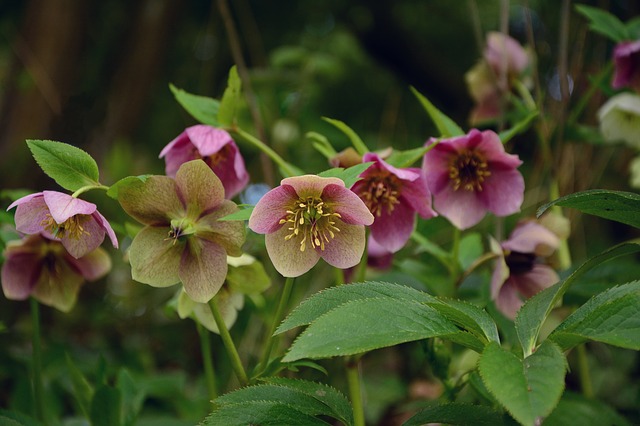
National Garden Clubs, Inc. is a 501(c)(3) organization that aims to promote the love of gardening, floral design, and civic and environmental responsibility. There is a local club near you, click here to find one and join. Subscribe to the NGC’s blog by entering your e-mail here. You do not have to be an NGC member to subscribe. NGC welcomes blog article submissions, e-mail the Blog Administrator at blog@gardenclub.org.
1 Comments
Member
When I could discouraged with a new plant I will remember sleep, creep and leap.
Thank you

 Board Member Login
Board Member Login Our Store
Our Store Blog
Blog



